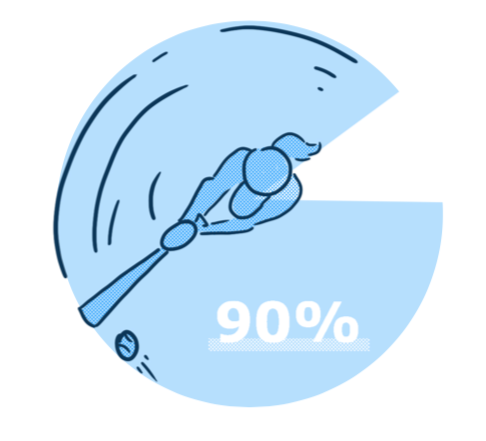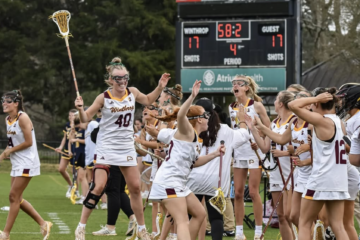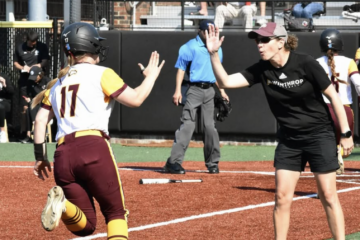Winthrop prides itself with teaching students to balance their academics with their athletic responsibilities. It’s something when all that hard work pays off for student–athletes.
According to Winthrop Athletics, the National Collegiate Athletic Association announced that the graduation success rate of Winthrop student athletes has reached ninety percent, compared to the national average of eighty–eight percent. This score marks the highest GSR rate in Winthrop Athletics’ history and shows how Winthrop University works with its athletic department to improve our student–athletes’ success and help make the university a national model.
Vice President for Intercollegiate Athletics Ken Halpin commented on how the recent announcement had a positive impact on Winthrop athletes and how they balance school with what they love.
“We are incredibly proud of our student-athletes and the hard work they’ve put in to achieve this type of success academically,” Halpin said.
The GSR reflects the mobility among college students today by including students transferring into the institutions and allowing institutions to subtract student-athletes who leave their institutions prior to graduation as long as they would have been academically eligible to compete had they remained.
Senior cross country athlete Harper Henson noted how student–athletes at Winthrop have to do well in their classes to compete in any sport for the semester.
“This is important because we are students first, then have the privilege to compete as athletes for Winthrop. It should be the main accomplishment of coming to college to gain knowledge and graduate,” Henson said.
The Winthrop lacrosse team and women’s golf team posted with perfect graduation records, while the men’s basketball, women’s cross country/track & field, women’s soccer and softball are listed above ninety percent. Sophomore exercise science major and lacrosse athlete Olivia Deaver was impressed by how the score reflected the university’s drive on diversity in the classroom.
“It makes me very proud to be a student-athlete here at Winthrop, and confident that we have the resources we need to be successful,” Deaver said.
Balancing academics and athletics can help students learn skills such as time management and work to improve themselves with their teammates and coaches.
“It is something that takes a lot of time to adjust to. It is such a great life lesson because I feel like my time management skills have improved drastically. This will help me in the future,” Deaver said.
This success is not only good for student–athletes, but also for the Winthrop Athletics department’s goal to improve Winthrop University through the Winthrop Plan to hopefully become a model for other colleges to aspire to be.
“In 2017, our athletic department unveiled the “Drive to ’25” strategic plan, which outlined aggressive goals for us to aspire to achieve. This 90% GSR attains one of those goals, and we look forward to continuing to push it higher in the future,” Halpin said.
Student-athletes at Winthrop have multiple outlets to help them balance their school work and find what they can improve during practice for their respective teams.
“I think that student-athletes have a challenge with time that requires a specific balance between school and sports. There might not always be a perfect balance since certain days may have more focus on one than the other. With anything, the task at hand should be done to the best of your ability and that is enough,” Henson said.
Graphic: Mars Hogue/ The Johnsonian




